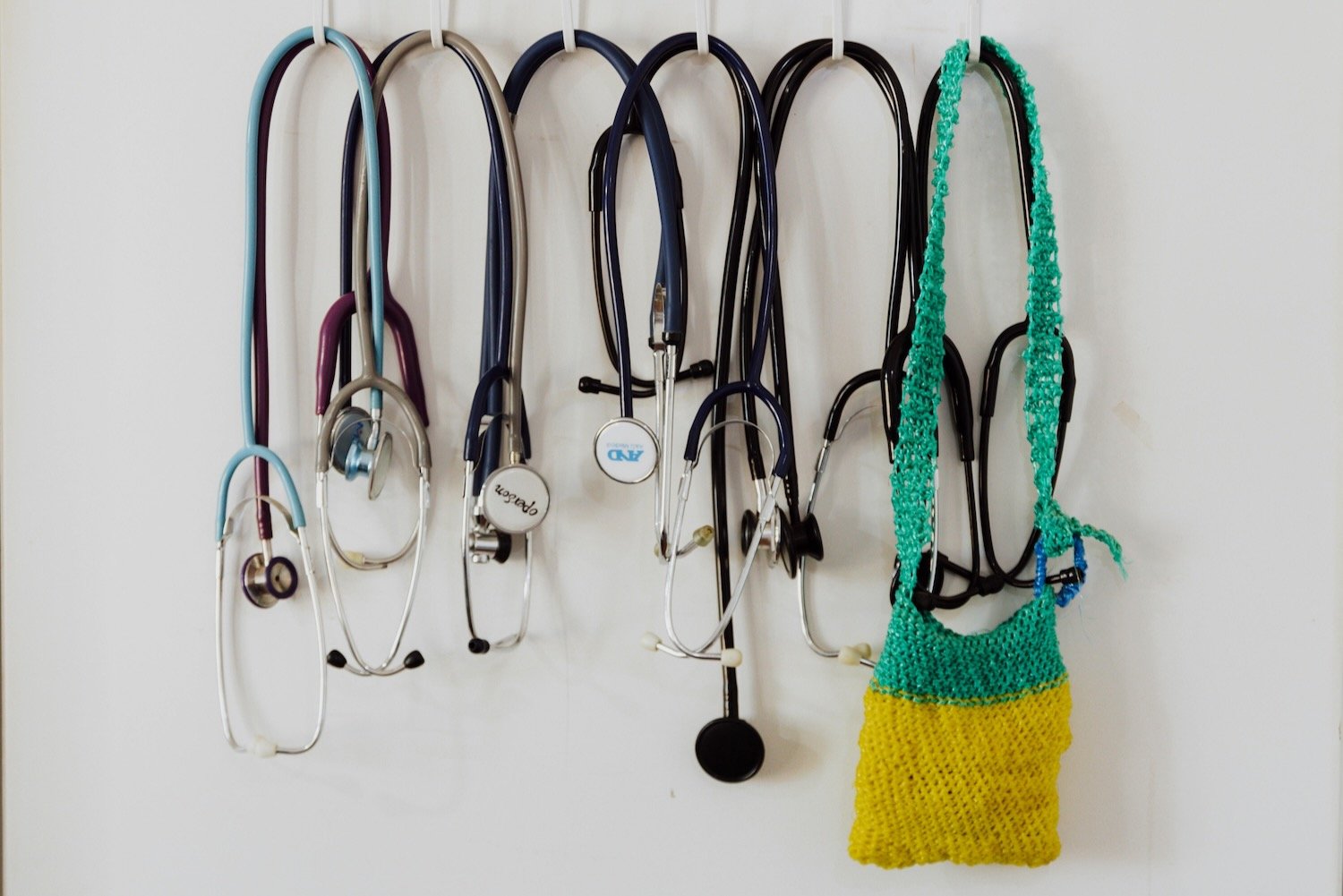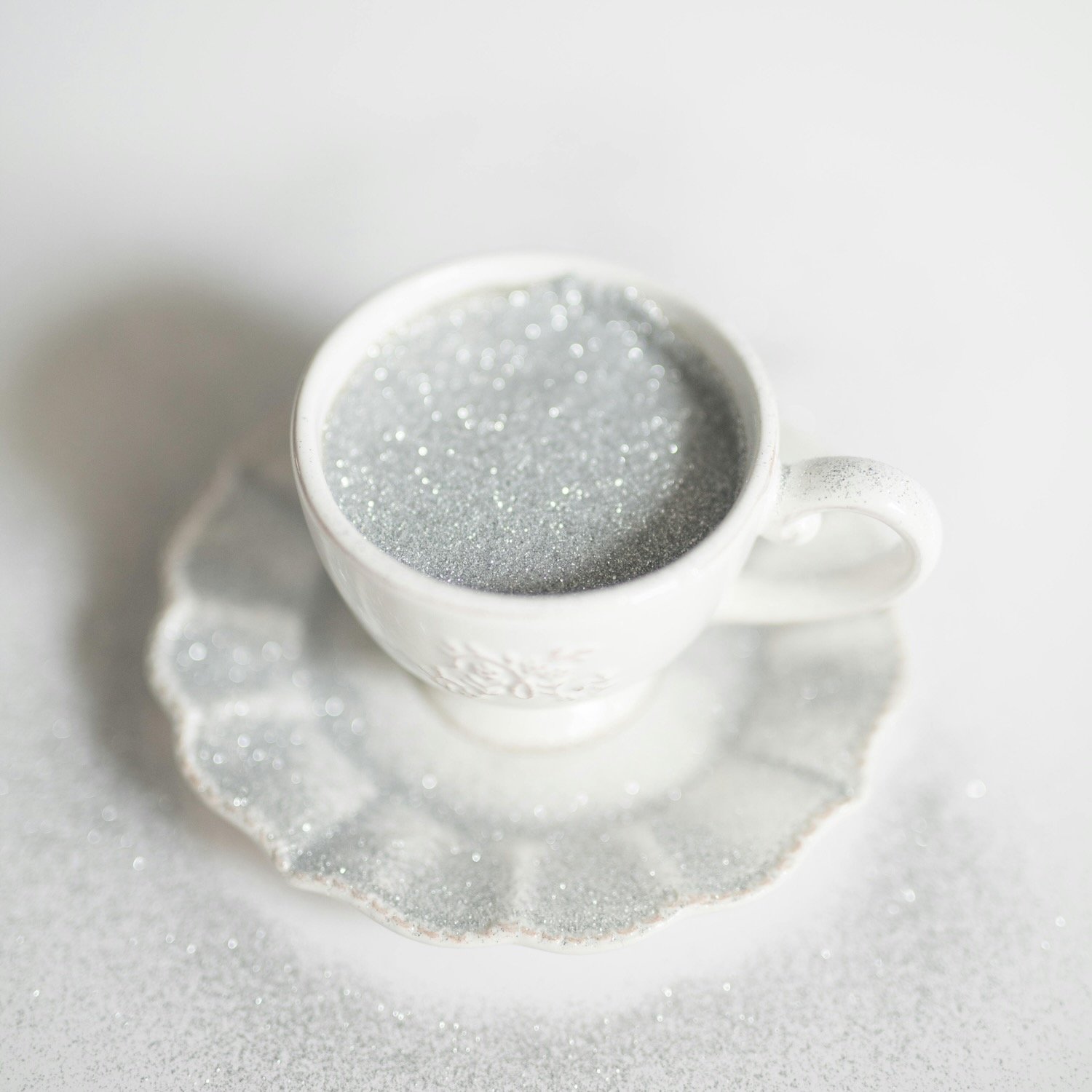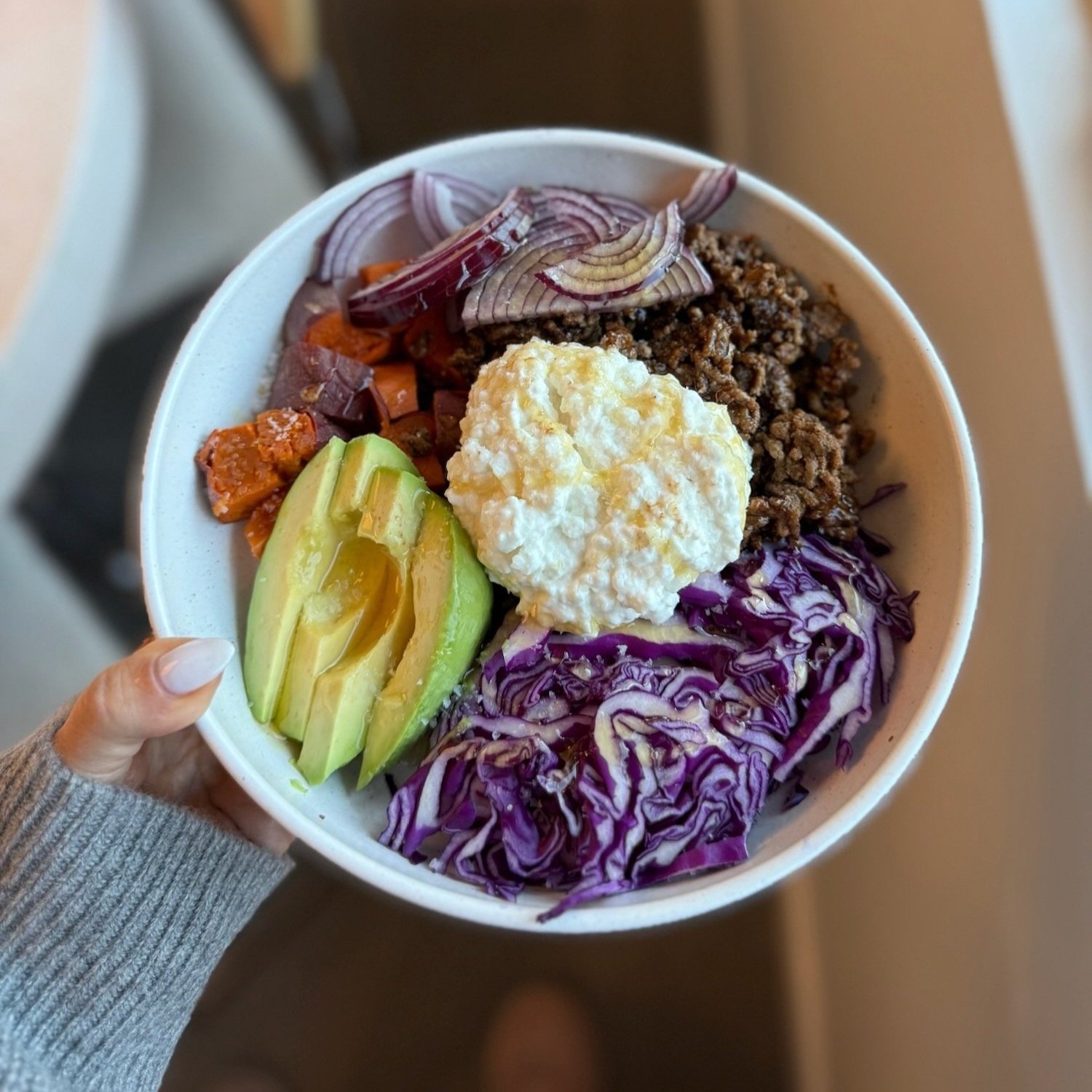This Is The Number One Killer Of Women In The USA. And You Might Not Guess It.
And here's how to fight it.
by The Candidly Team
We’re not gonna drag this out for four paragraphs - it’s heart disease.
And listen, we get it if you’re not completely floored by this reveal. But here’s what surprised us.
Only about half of women know that heart disease is the number one killer of women.
According to the CDC, there are more than 60 million women in the United States living with some form of heart disease. So you can see where this discrepancy is concerning - 44% of American women have it but only 56% of American women know what a threat it might be to their health.
There’s nothing new about women’s health issues getting overlooked or swept under the rug, but heart disease is one that none of us can afford to leave to collect dust on statistics sheets.
So let’s shine a light on what this really means for women. And let’s do it together, shall we?
First there are three critical things to know about heart disease and women, according to The National Heart, Lung, and Blood Institute:
Women have smaller heart and blood vessels and the muscular walls of their hearts are thinner.
Hormone changes might play a role. “Before menopause, the hormone estrogen provides women with some protection against heart disease,” wrote the NHLBI. “As women age, though, their risk for coronary heart disease increases, and menopausal hormone therapy may further increase that risk.”
“Women are more likely to have heart disease in the smaller arteries of the heart,” which “can make the disease harder to identify and causes delays in treatment.
The point is, the more we know and the more we work hard to prevent, the better.
What are some of the signs or symptoms to look out for?
First off, it’s estimated that 80% of heart disease is preventable, so in truth, we should all be addressing it before we even have symptoms to make sure our hearts stay in good health.
But according to the CDC, “although some women [with heart disease] have no symptoms,” others may experience:
Angina—“usually felt as a dull or heavy chest discomfort or ache,” according to the CDC
Pain in the neck, jaw, or throat
Pain in the upper abdomen or back
Nausea
Vomiting
Persistent or excessive tiredness
Even when a woman experiences a heart attack, she may not recognize the symptoms, mistaking them for anything from acid reflux to the flu, wrote The American Heart Association. According to the Mayo Clinic, women are more likely than men to have heart attack symptoms unrelated to chest pain, such as:
Neck, jaw, shoulder, upper back or upper belly discomfort
Shortness of breath
Pain in one or both arms
Nausea or vomiting
Sweating
Lightheadedness or dizziness
Unusual fatigue
Heartburn
Even when seeking treatment women are much more likely than men to be misdiagnosed after having a heart attack.
What puts you at risk?
There are many medical and lifestyle factors that come into play. But here’s a rundown of some of the culprits affecting women’s risk.
High blood pressure
High LDL cholesterol
Smoking: This is an even bigger risk for women than men in terms of heart disease.
Diabetes: Again, women with diabetes are at higher risk of heart disease than men. According to the Mayo Clinic, diabetes can also increase the risk of having a “silent heart attack” where you don’t feel symtpoms.
Family history of early heart disease.
Excess weight or obesity
Unhealthy diet
Inactivity
Drinking too much alcohol
Stress and depression: This also takes more of a toll on women’s heart health than men’s.
Menopause
Autoimmune and inflammatory diseases: such as Rheumatoid arthritis or lupus
Endometriosis
Early first period (that started before age 11)
Early menopause (that started before age 40)
Polycystic ovary syndrome (PCOS)
Pregnancy complications such as gestational diabetes, high blood pressure during pregnancy, preterm delivery, hypertensive disorders of pregnancy
Anemia, especially during pregnancy
How can I reduce my risk?
1. Address all of your risk factors.
If you have diabetes, high blood pressure, or high cholesterol, stay on top of it with your doctor. If you haven’t been checked for these conditions, talk to your doc about testing.
2. Keep track of your blood pressure.
Don’t miss your physicals and make a plan with your MD about how to keep your blood pressure under control.
3. Don’t smoke.
If you do, quit.
4. Exercise and stay active.
The Mayo Clinic mentions getting at least 150 minutes of physical activity each week.
The American Heart Association cites “30 minutes of brisk walking at least five days a week” as “one way to meet this goal.” More and more research is showing that walking is huge and sitting is a silent killer. In fact, last year, the world’s largest study showed that the more you walk the more you lower your risk of death.
But when it comes to exercise more is more is more. “For a bigger health boost, aim for about 60 minutes of moderate to vigorous exercise a day, five days a week,” advises the Mayo Clinic. “Also do strength training exercises two or more days a week.” These can also be broken up into smaller sessions throughout the day.
5. Eat healthy.
We know. We’re being broad here, but this is a massive one. The Office of Disease Prevention and Health Promotion states that eating for heart health should involve:
Less sodium: Steer clear of salty foods - check the sodium content on anything packaged in particular.
Less saturated fats: Think dairy products like butter and cheese, certain meats, and fried foods, for example.
More fiber: Fruits and veggies, of course. But learn about more fiber-rich things HERE.
Being overweight or obese raises your risk of heart disease. But there are also so many amazing foods that could work to help you fight it off. For instance, a recent study showed people who ate five servings of fruit per day had a 12% lower risk of death from heart disease or stroke,” according to Harvard Medical School. Another study reported that a diet rich in potassium is associated with lower blood pressure and lower risk of cardiovascular disease, especially in women. And yet another found that drinking beetroot juice every day could improve blood vessel function in post-menopausal women. These are just tiny samplings of a range of potentially exciting discoveries, but the big takeaway is that more fiber-rich fruits and veg is critical.
6. Limit your alcohol intake: The World Health Organization recently called no amount of alcohol safe for your health. We know, it sucks.
7. Take your mental health seriously. Managing stress and treating depression are especially critical for women. It drives us up a wall that we still have to say this, but mental health is health.
8. Talk to your doctor: about a specific plan for your specific body.
This article is for informational purposes only. It is not intended to be used in place of professional advice, medical treatment, or professional care in any way. This article is not intended to be and should not be a substitute for professional care, advice or treatment. Please consult with your physician or healthcare provider before changing any health regimen. This article is not intended to diagnose, treat, or prevent disease of any kind. Read our Terms & Conditions and Privacy Policy.
















